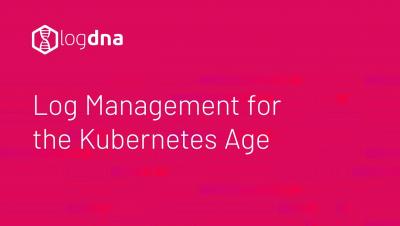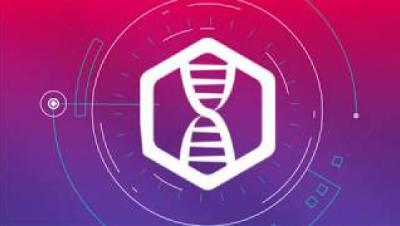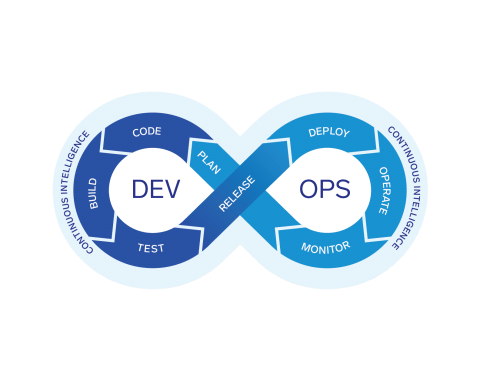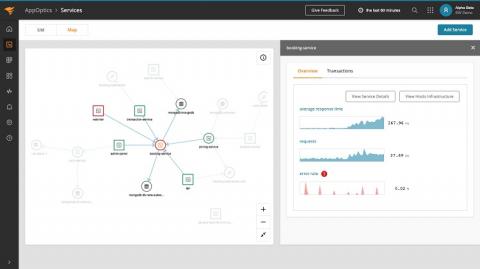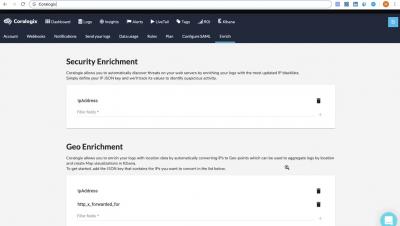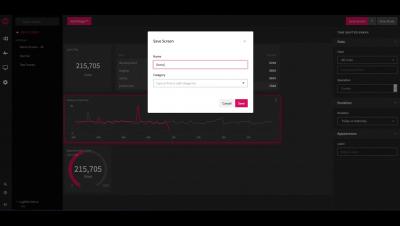Operations | Monitoring | ITSM | DevOps | Cloud
Logging
The latest News and Information on Log Management, Log Analytics and related technologies.
LogDNA | Log Management for the Kubernetes Age
IBM Log Analysis with LogDNA
Continuous Intelligence for Atlassian tools and the DevSecOps Lifecycle (Part 1)
Making the Collection of Centralised S3 Logs into Splunk easy with Lambda and SQS
Got multiple AWS data sources in the same S3 bucket but struggle with efficient SNS notifications based on prefix wildcards? Well, struggle no more, we’ve got your back. Many of our customers have a centralised S3 Bucket for log collection for multiple sources and accounts. For example, all Config, CloudTrail and Access Log logs may be routed into one central bucket for an organisation.
Why the CEO Cares About Splunk
Evolving business themes come at us in waves. So far this millennium we have had The New Economy, The Cloud, and now Digital Transformation. Underpinning these themes are real, economically significant dynamics that drown out the bleating voices of pundits and cynics alike. The Internet is not a bubble, the cloud is not a fad, and digital transformation is, well, transformative. Let’s take a look at what that last one means for Financial Services.
SolarWinds Updates APM Suite Designed to Simplify Application and Infrastructure Management
How to categorize logs for more effective monitoring
Logs provide a wealth of information that is invaluable for use cases like root cause analysis and audits. However, you typically don’t need to view the granular details of every log, particularly in dynamic environments that generate large volumes of them. Instead, it’s generally more useful to perform analytics on your logs in aggregate.



